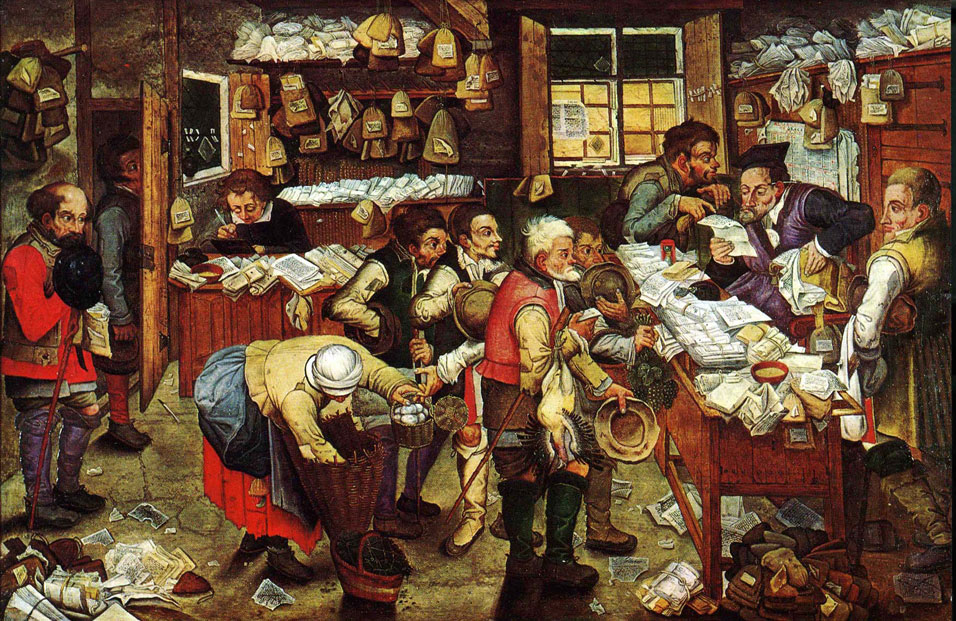During the last weeks, I was working on various issues and problems related to SW development.
I found that quite often problem analysis was mostly chasing issues just on the surface
but not really attacking the deeper reasons of the problem and follow the consequences.
It's like the doc that stops your leg bleeding but doesn't see that it is broken.
InterSystems Developer Community is a community of
25,037 amazing developers
We're a place where InterSystems IRIS programmers learn and share, stay up-to-date, grow together and have fun!


.png)



 .
.